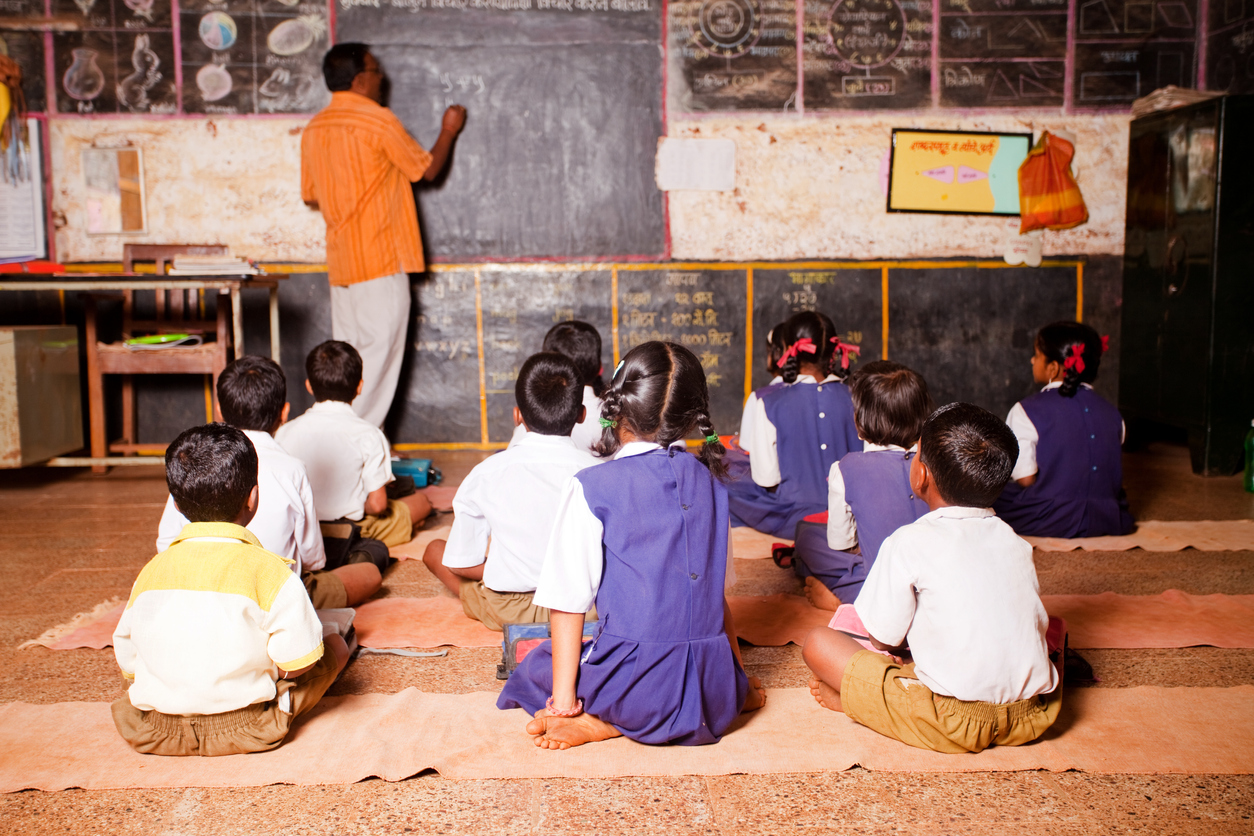
Telangana school enrollment drops; teachers, 'free education' nowhere in sight

“KG to PG Free Education” was one of the catchy manifesto promises of the Telangana Rashtra Samithi (TRS), a promise that is now completely forgotten.
Leave alone providing free education as promised in the poll manifesto, the TRS government has been consistently slashing budgetary allocations for the education sector over the past few years. The share of education in the total budget has dipped to 7.61% in 2018-19, down from 10.88% in 2014-2015.
According to the 2011 census, Telangana’s literacy rate is 66.46%, much lower than the national average of 74%.
Schools sans teachers
As many as 916 government schools in the country’s youngest state have neither students nor teachers. Of the total 25,131 schools across the state, a whopping 20,000 have an enrollment of less than 100 students.
These startling facts have come to light in a recent survey conducted by the state education department which is already facing flak in the Supreme Court where a petition is being heard on forcible closure of around 2,000 government schools in the past three years in the name of rationalisation.
Also read | The long walk towards education for migrant children
The survey pointed out that there are 3,445 upper primary schools with less than 15 students, while 14,138 schools have less than 100 students.
Similarly, of the total 4,635 high schools, as many as 22 have an enrollment of less than 15 students, while 1,397 schools have less than 100 students.
Noted educationist and former MLC from teachers’ constituency, Chukka Ramaiah, said that “insincerity and half-hearted” moves of the government were responsible for the present situation.
“Transferring teachers from remote areas to semi-urban areas or close to towns was the main reason for this drop in enrollment in schools,” said the octogenarian educationist, popularly known as “IIT Ramaiah” because of the consistent strike rate achieved by the coaching institution established by him in Hyderabad.
Educational consultant M Venkateswarlu argued that no school should be closed or shifted on account of zero enrollment or absence of teachers. Efforts must be made to see that the schools are run with part-time teachers or qualified retired teachers so that enrollment would improve in the coming years.
“What is ironical is that even the teachers hailing from remote and interior areas are not willing to work in schools close to their villages. They too, after securing jobs, want to migrate to urban areas and towns for a better living, leaving the schools in their respective areas without teachers. Obviously, students, too, are avoiding such understaffed schools in their villages,” said Prof K Nageswar, another educationist.
The Union Ministry of Human Resource Development (MHRD) has been working to ensure that schools in remote and interior areas are not closed or understaffed or left with low student enrollment. There are enough schemes at the national-level including the fund-rich Sarva Siksha Abhiyan (SSA) which take care of recruitment of teachers and facilitate running of government schools all over the country.
The Right to Education Act (RTE) that came into effect in 2010 mandates filling up of teachers’ posts in remote and interior areas which are mostly neglected over the years by preferring local candidates.
Tough options
Officials in the state education department admitted that it had been a major challenge to deal with the situation in the wake of zero enrollment of students and absence of teachers. “The only option left to us is to close down these schools and relocate teachers and students to nearby schools,” an education officer said.
However, such a move goes against the spirit of the RTE Act which says that primary schools should be available to the students within 2 km distance from their village.
Also read | Thousands of engineering seats not taken in Telangana
“Though many parents are now sending their wards to private schools, they may not be able to afford the cost of private education in the long run. They will have to eventually withdraw their children from schools, leading to higher dropout rate. Higher dropouts will lead to higher unemployment rate and social unrest,” R Ravinder, an education activist.
Last year, over 1,058 Vidya volunteers were appointed by the government to ensure smooth functioning of schools that faced staff shortage, but they left the job when the government announced recruitment for posts in different state departments.
“The teacher recruitment has not taken place in Telangana since its formation (in 2014), thereby adversely impacting education in government schools,” said T Lakshma Reddy, general secretary of the United Teachers’ Federation (UTF).
The general secretary of the Telangana State United Teachers Federation (TSUTF) Ch Ravi attributed the poor standards of school education to the government’s lack of focus and its callous attitude.
Of an estimated 59.5 lakh school-going children in the state, 28.6 lakh are in government schools and 29 lakh are in the private sector.
Also read | States reduced to ball boys in draft education policy


